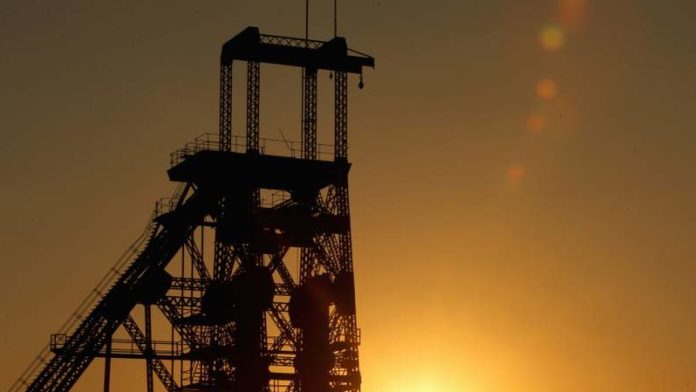
THE Mining Charter adopted by South Africa’s Cabinet on September 19 makes important concessions to the country’s mining sector, but the fine details – which attorneys said were all important – will not be issued until next week.
Ayanda Shezi, spokeswoman for the Department of Mineral Resources (DMR) said the Charter would not be gazetted today as first hoped. “It’ll be sometime next week. There are no plans to issue it today,” he said.
However, South African president, Cyril Ramaphosa, is expected to comment on the document when he addresses the country on a planned stimulus package aimed at reviving the country’s economy. Details will be published on Miningmx.
While the contentious demand for a 5% free-carry in mining companies for employees is to be retained, the proposed 5% free-carry for communities will be ditched provided mining companies spend that amount in their own community development efforts. The extent to which this dovetails with existing labour and social plans as set down in previous Charters is yet to be discovered, hence the need for detail.
“Communities are not going to wait for dividends, they want development in their communities,” Mantashe told Bloomberg News. “If an equivalent of 5% of the company is channelled towards the development of communities, that will be recognised.”
Goldman Sachs described the initial signals from the Mining Charter was a positive for investment in South Africa’s mining sector. “This is a positive readx for the South African exposed mining stocks and we see investors taking this as a positive,” it said today.
Mxolisi Mgojo, president of the Minerals Council, said previously that a Mining Charter that left all parties slightly dissatisfied might be the best outcome as that indicated true compromises had been made both sides of the government/industry divide. A free-carry would appeal to government’s priority to provide grassroots benefits whilst dropping the additional tax on pretax profits may well reflect such an unsatisfactory compromise.
Patrick Leyden, a director at Herbert Smith Freehills, an attorney, said the substance of the Mining Charter was still crucial, although he acknowledged finalising the document would go some way to provide regulatory stability to the mining sector. He also lauded a decision by Cabinet to abandon amendments to the Minerals & Petroleum Resources Development Act, known as the MPRDA.
Peter Leon, an attorney at Herbert Smith Freehills, said this was “very significant” as it was a major area of contention with the industry. “It certainly assists in terms of protecting security of tenure. For now it will have to do, the charter cannot be this sword of Damocles that is hanging over the sector. It’s not going to please everybody, but it’s time they finalised it,” Leon told Bloomberg News.










